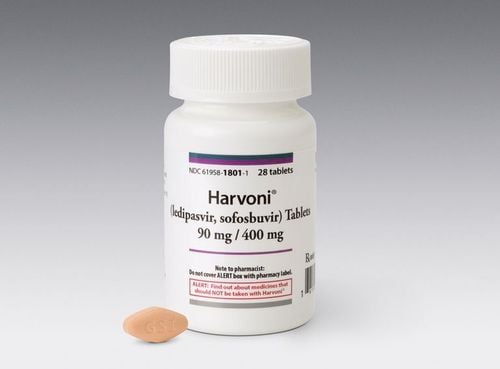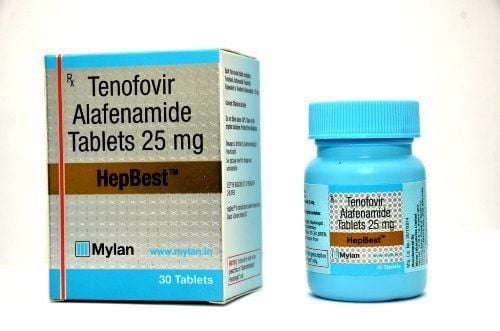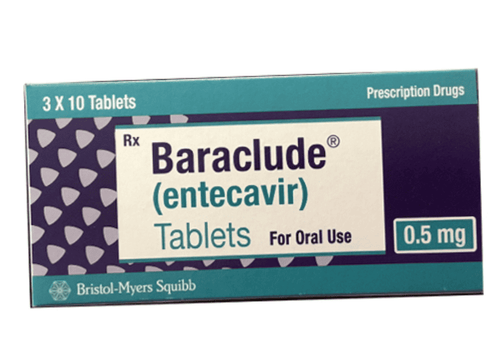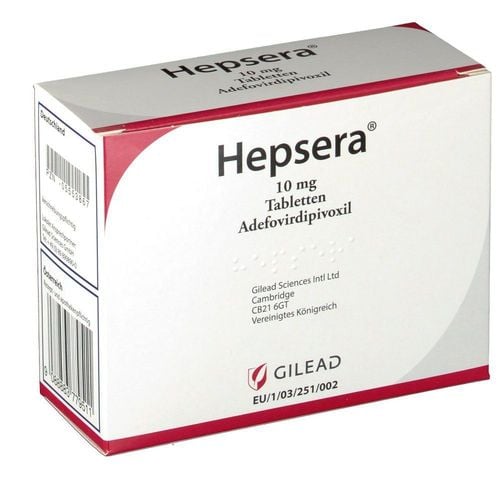This is an automatically translated article.
Ascites (ascites) is not a disease but a phenomenon, a condition that causes the patient's abdomen to swell due to too much fluid in the abdominal cavity (also known as peritoneal effusion). Ascites is caused by many different causes but mainly due to liver diseases such as cirrhosis, hepatitis, liver cancer....
1. What is ascites?
The terms "Ascites" and "Ascites" refer to the accumulation of pathological fluid or water in the peritoneal cavity (the position between the parietal and visceral leaves of the peritoneum). Ascites is usually a serum, a clear, yellow liquid that accumulates in the abdominal cavity.
Ascites is the most common complication of cirrhosis, in addition to a number of other causes such as: decompensated cirrhosis, hepatitis, liver cancer, tuberculosis, infections, malignancies, hypoalbuminemia, congestive heart failure, renal failure ....
More specifically, ascites fluid in cirrhosis is divided into 2 types: transudative and exudative.
Fluid seepage caused by diseases such as decompensated cirrhosis, heart failure, nephrotic syndrome, glomerulonephritis, malnutrition. Discharge due to peritoneal cancer, peritoneal infection, peritoneal tuberculosis...

Hình ảnh bệnh nhân mắc hiện tượng cổ trướng
2. Causes of Ascites
Ascites is often caused by scarring of the liver. When the liver is scarred, it will increase the pressure inside the liver blood vessels, causing fluid to be pushed into the abdomen causing ascites. The biggest cause of ascites is liver damage. Some common causes of liver damage include:
Due to the virus that causes chronic hepatitis B or C: People with hepatitis B virus, hepatitis C if it is not detected and has timely treatment methods can lead to cirrhosis of the liver. When the disease lasts until the end-stage cirrhosis, most of the patients will see ascites complications. Excessive alcohol use: People who drink alcohol mostly cause liver function to be affected. Not limiting alcohol intake leads to increasingly serious liver damage, causing dangerous complications for patients. Sepsis: causes the immune system to decline, this is one of the long-term causes that will lead to cirrhosis and ascites. Contamination of toxic chemicals: When the human body is infected with toxic chemicals (Arsenic, amethyst...) or is blocked by bile, it can also lead to cirrhosis. However, people with cirrhosis caused by toxic chemicals, if allowed to convert to cirrhosis ascites, the disease will progress quickly and have a high risk of death.
Liver diseases as well as the causes leading to cirrhosis and ascites are actually avoidable and treatable if detected early. Therefore, for those who have not or have had liver diseases, they should learn carefully about the disease information so that they can detect and treat it promptly, to avoid cirrhosis turning to the final stage with many complications. hazardous.
There are also many risk factors for ascites such as: ovarian, pancreatic, liver or endometrial cancer, pancreatitis, kidney or heart failure, hypothyroidism, tuberculosis....

Virus gây viêm gan mãn tính B hoặc C có thể gây ra tình trạng cổ trướng
3. Signs of ascites
Symptoms of ascites can appear late or suddenly depending on the cause of the accumulation of fluid in the abdominal cavity. To recognize liver diseases early, it is best to see a doctor if you have the following problems:
Abdominal distention (swelling), sudden increase in body weight Difficulty breathing when lying down Loss of appetite, decreased appetite appetite heat, bloating Abdominal pain Nausea and vomiting
4. Prevention of Ascites
Ascites cannot be prevented, but you can reduce your risk by protecting your liver with healthy living habits such as:
Limit or stop drinking alcohol, alcohol, substances stimulates damage to the liver to limit cirrhosis (scarring of the liver). Avoid eating spicy, hot, and fatty foods. Should eat light, limit absorption of sodium into the body. Get vaccinated against hepatitis B. Practice safe, protected sex because hepatitis can be spread through sex. Avoid injecting drugs, reuse needles because hepatitis can be transmitted by sharing needles.

Quan hệ tình dục an toàn giúp phòng ngừa cổ trướng
5. Diagnostic measures
To diagnose and confirm ascites, the doctor will examine and evaluate the swelling in the patient's abdomen. Then combined with imaging and some other testing methods to find fluid, including:
Ultrasound Computed tomography CT Magnetic resonance imaging (MRI) Blood tests Endoscopy Angiography
6. Treatment for ascites
The treatment of ascites depends on the cause. Commonly used treatment measures include: diuretics, peritoneal aspiration procedures, antibiotic treatment, surgery....:
Diuretics: Diuretics support increased excretion salt and water out of the body and reduce pressure in the veins around the liver. During the use of diuretics, patients are asked to reduce the amount of alcohol and salt they eat so that doctors can easily monitor the indicators in the blood. Aspiration aspiration: A procedure in which a long, thin needle is inserted through the skin into the abdomen to remove excess fluid. Because of the risk of infection, people performing aspiration may be prescribed additional antibiotics. This procedure is commonly used for severe or recurrent ascites. The appointment of diuretics is no longer effective in such late cases. Surgery: In more severe cases, the doctor will place a long-term extension tube in the patient's body. This connecting tube, called a shunt, helps regulate blood flow around the liver. If the condition remains unsatisfactory and does not respond to treatment, the doctor may recommend a liver transplant, which is mostly used for patients with end-stage liver disease.

Phương pháp phẫu thuật trong điều trị khi bị cổ trướng
To register for examination and treatment at Vinmec International General Hospital, you can contact Vinmec Health System nationwide, or register online HERE
Recommended video:
Health check recurring at Vinmec: Protect yourself before it's too late!
MORE:
First stem cell transplant to treat cirrhosis Cirrhosis and liver cancer - Prevention is better than cure Cirrhosis and misconceptions













